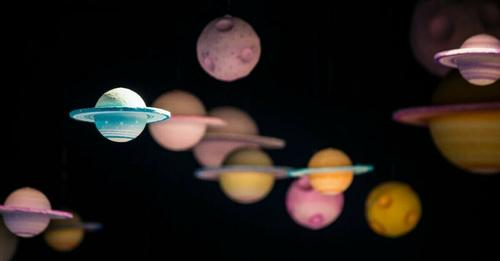Check out this incredible video of a distant planetary system

Observed for 12 years, this distant planetary system is now visible to us thanks to a striking video showing us the movement of huge exoplanets around their star. A work at the frontiers of popularization, science, and time.
Did you dream of seeing with your own eyes the interior of a (very) distant galaxy? There she is ! Or almost. Thanks to modern space observation technologies, we can now peer into other star and planetary systems . Here we have an accelerated overview. On the !program: exoplanets, stars and dance of the stars
Exoplanets larger than Jupiter
We are in the constellation of Pegasus , about 133 light years from our dear planet Earth. You can imagine that in view of this incredible distance, at least on a human scale, this world has nothing to do with ours , you would be right.
Indeed, this system holds only four planets, compared to the eight celestial bodies of the solar system. Each of these exoplanets being even more massive than Jupiter and taking several decades to make a complete revolution around their star. In this largely accelerated video, we can appreciate this distant but very real space “life” .

A distant system
Jason Wang, astrophysicist at Northwestern University testifies: " This video shows planets moving on a human time scale. I hope it will allow people to appreciate this marvel", he declares in the columns of the Space media .
“The objective being to make the observation of the long movements of these massive exoplanets more understandable for the general public”, he agrees. Indeed, on a real-time scale, the closest star to the planet takes about 45 years to make a complete circuit, and the furthest takes half a millennium to complete a !complete turn
Science popularization work
But what about the central star? HR8799 is 1.5 times the mass of our sun. Although slightly more massive than our star , it is five times more luminous than it. HR is also much younger, only 30 million years old compared to our sun, which is already 4.5 billion years old.
Observed for a dozen years, this dance of exoplanets around their star gives us a spectacle with an almost dreamlike tone. A striking spectacle between shades of blue and light spots .
Astronomer Jason Wang, who returns to this video, said "There's nothing to be gained scientifically by looking at systems in orbit, but it helps others appreciate what we're studying . "
Source: websites

